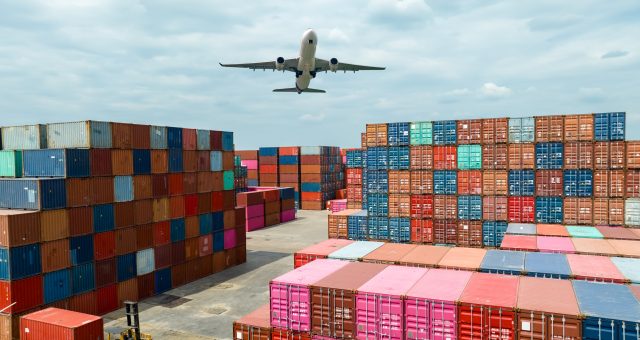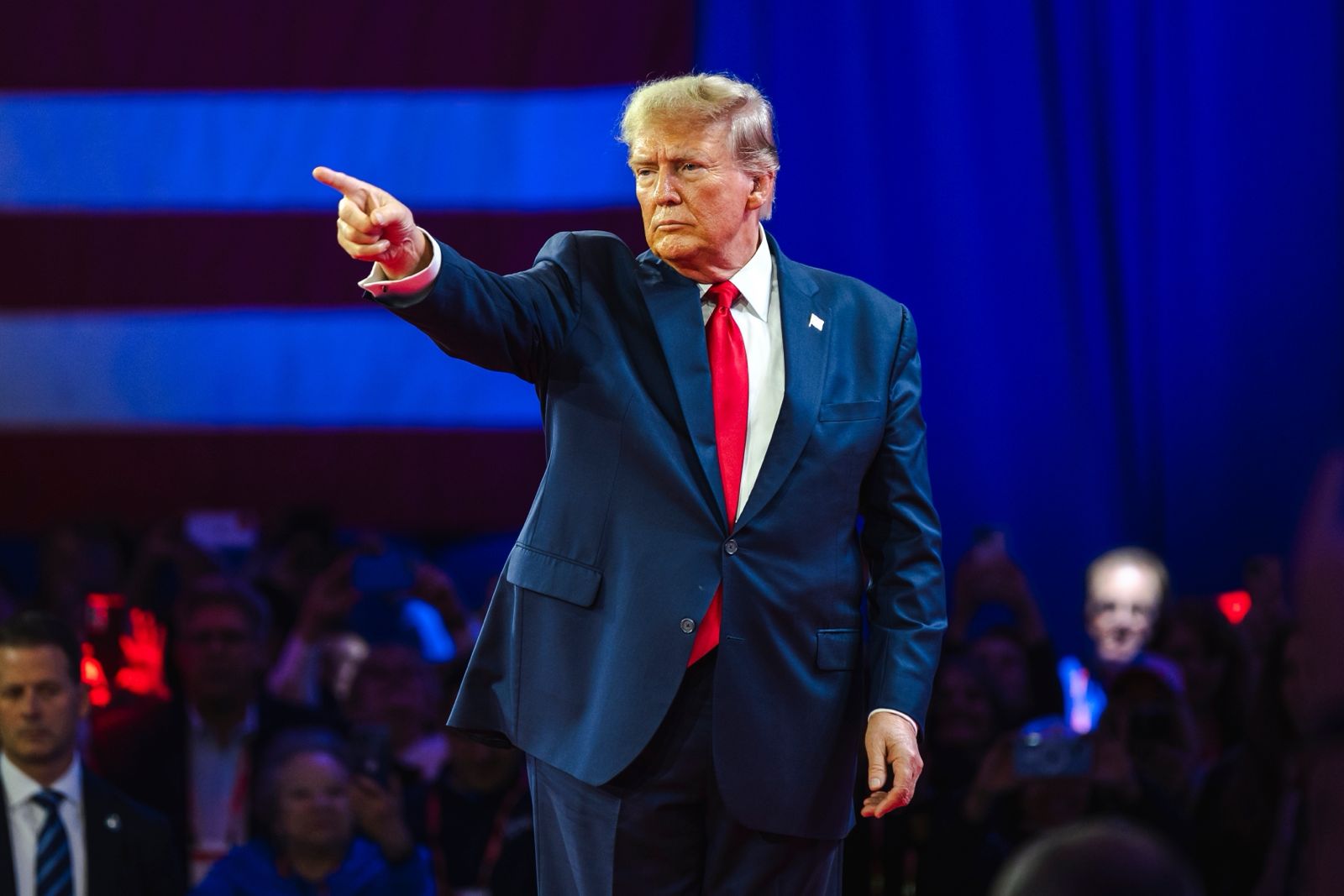
The European Union and the United States together have a combined market of more than 800 million citizens and account for almost 44% of world GDP. The recent EU-US trade deal is perhaps the biggest trade agreement ever concluded at global level. Behind the declarations of various politicians who consider the recent trade agreement a great success, there is a hard-to-digest reality. The reality that the countries of the European Union, and indeed the entire continent of Europe, have economically lost the battle with the US. Moreover, in addition to the tariff concessions, the EU has also signed up to concessions on climate policy. How so, you may ask? Well, the EU has committed itself by this agreement to become a guaranteed buyer of expensive fossil fuels that are produced by the US (a petro-gasostat) that does not give a damn about action on what we can call the biggest challenge of mankind: the global climate disaster, which, as can be seen, is creating major problems worldwide through thousands of natural disasters caused mainly by global warming. On the other hand, the EU, which is developing an increasingly antagonistic trade relationship with China (one of the world’s largest economic powers), has accepted, by the agreement signed, to be reduced to the status of a payer of a protective tariff in relation to the US. If we look realistically, European society will sooner or later pay the cost of this agreement.
Donald Trump, milestone victory in the tariff war
Economic analysts believe that with the recently concluded US-EU trade deal, President Donald Trump has scored a major victory on the transatlantic trade balance. As of August the 1st, the EU will allow most US goods to enter the European market tariff-free, while exports of European goods to the US market will be taxed at 15%. The EU also commits to buy $750 billion worth of US energy ($250 billion a year) and invest $600 billion in the US over the next three years. As for the arms industry, this is sad news for France and Germany, which had hoped, with increasing financial resources being directed towards defense, to be able to draw on their own industries to make weapons. The EU will purchase military technology produced in the US, which will create discomfort in the economies of the two countries. On the other hand, the EU’s energy sovereignty tends to be undermined by the policies of the Green Deal program and the replacement of Russian gas and oil by much more expensive liquefied gas and oil from the US. In the case of the transportation of these products across the Atlantic, there is no point in questioning the pollution created by the ships that will bring these products to Europe.

Another question on the lips of economic experts after the US-EU trade agreement: is Europe abandoning its technological sovereignty? For American semiconductors, customs duties will be zero, CIPs produced in the US for artificial intelligence giga-factories will not be subject to taxation, which will make European manufacturers less competitive with American companies and Europe will plunge into a techonological dependence on the US. Another economic sector that will be hit hard is the car industry. Cars produced in Europe will be 15% more expensive in the US, which will certainly bury the European car sector. The 50% tax that the Americans will levy on steel and aluminum products will strangle the entire European metalworking segment and as far as the pharmaceutical industry is concerned, no one can say exactly what the economic impact will be. The sad reality is that EU-US trade will eliminate many European companies and deepen a dependence on North American corporate interests while the entire European industry is being strategically dismantled.
Prior to the new economic measures announced earlier this year, the average tariff on European goods imported into the US was only ≈ 1.47%, while the European average on US products was ≈ 1.35%. The agreement between the US and the EU is therefore a compromise solution at a tense moment in transatlantic economic relations. Even if the avoidance of 30% tariffs is considered a milestone victory, the long-term impact on European economies, especially export-oriented industries, remains to be assessed. Ursula von der Leyen emphasized that “the agreement offers stability in a time of uncertainty”, but it remains to be seen to what extent it will be perceived as fair by all EU member states.
US warning: no postponement after August the 1st
US Secretary of Commerce Howard Lutnick announced, days before the signing of the US-EU agreement, that the suspension of tariffs put in place by the Donald Trump-led administration will not be extended beyond August the 1st. The announcement was made ahead of the transatlantic negotiations between the US and the European Union in Scotland. If those negotiations had not led to an agreement, Washington was rethought to impose 30% tariffs on European goods imported into the US. President Trump’s trade policy (since taking office for his second term in January) can be defined by the use of tariffs as the main negotiating leverage tool, and the approaching August the 1st deadline has brought negotiations to a crucial juncture. Against this backdrop, the stakes on reducing tariffs and avoiding trade escalation were discussed between the US president and the European Commission president at the golf resort owned by Donald Trump in Turnberry, Scotland. Against the backdrop of these talks, the US President announced that the two sides (the US and the EU) had reached a provisional agreement that the tariff on European goods imported into the US would be 15% instead of the 30% previously announced. Donald Trump described the deal as “mutually beneficial”, while Ursula von der Leyen said it represented “the best possible outcome” under the circumstances.
EU leaders’ reactions: from acquiescence to outrage
German Chancellor Friedrich Merz welcomed the agreement as a way to avoid a trade conflict, but expressed concern about the impact on the car industry. Cutting tariffs from 27.5% to 15% provides much-needed clarity, but costs remain high. Profit margins could rise by around 10%, while operating results are expected to fall by between 10% and 15% compared with the previous year. In France, opposition figures were highly critical following the announcement of the US-EU trade deal, with Marine Le Pen describing the agreement as a political and economic “capitulation” and Jean-Luc Mélenchon accusing it of ceding French sovereignty. Socialist MEP Pierre Jouvet compared the agreement to an act of economic “vasalization”. The prevention of a trade war was welcomed, but some further clarifications are awaited before a final judgment is made.
On a political-economic analysis, (according to Eurostat’s 2023 share of national exports to the US) the EU countries most exposed to exports to the US are Ireland, Finland, Italy and Germany. France and Spain have much smaller shares (below 5%), and the Netherlands ~4.7%. Ireland, at around 26.6% is by far the most dependent, on the back of pharmaceutical and technology exports being the most exposed to new tariffs.

The most affected sectors are mainly automotive and transportation, electronic and industrial equipment, chemicals and pharmaceuticals. Companies such as Volkswagen, Porsche, BMW, Mercedes have suffered huge costs due to tariffs of up to 27.5%. The reduction to 15% brings a relatively positive but still significant impact. Porsche reported costs of $1.4 bn in the previous quarter alone, GM and Stellantis – $1.1 and $0.35 bn respectively. Although pharmaceutical exports are large (22-23% of total EU exports to the US), they seem to be excluded from certain tariff clauses. However, the chemical industry criticizes the 15% tariff level as excessive. France and Spain have a relatively modest exposure to the US, and global level multinationals make the 15% tariff bearable in these two countries. It should be recalled that the services sector is balancing some of the losses in that the EU’s services deficit with the US in 2023 was around €109 billion. In terms of the macroeconomic impact in Europe GDP growth may fall by about 0.3-0.4 percent, but Germany counterbalances with fiscal and industrial stimulus. At the same time central banks (ECB) kept interest rates unchanged due to tariff uncertainties and postponed possible interest rate cuts until the fall. On the west side of the Atlantic, US exports to the EU would have fallen by between 8% and 66% in the absence of the recent agreement. Compared to a modest decline of 0.6-1.1% for European exports to the US, the overall impact would have been more severe for the US economy.
In conclusion we can say that the EU has agreed to sign a compromise agreement. The 15% tariff on EU goods represents a reduction of the initial threat (of 30%), but still raises significant costs in particular for the automotive, chemical, metallurgical sectors. If we look at the trade balance we see a substantial US deficit with the EU in 2024 (about $236 bn), with the EU exporting significant values in pharmaceuticals, cars, machinery and electronics.



 Subscribe
Subscribe